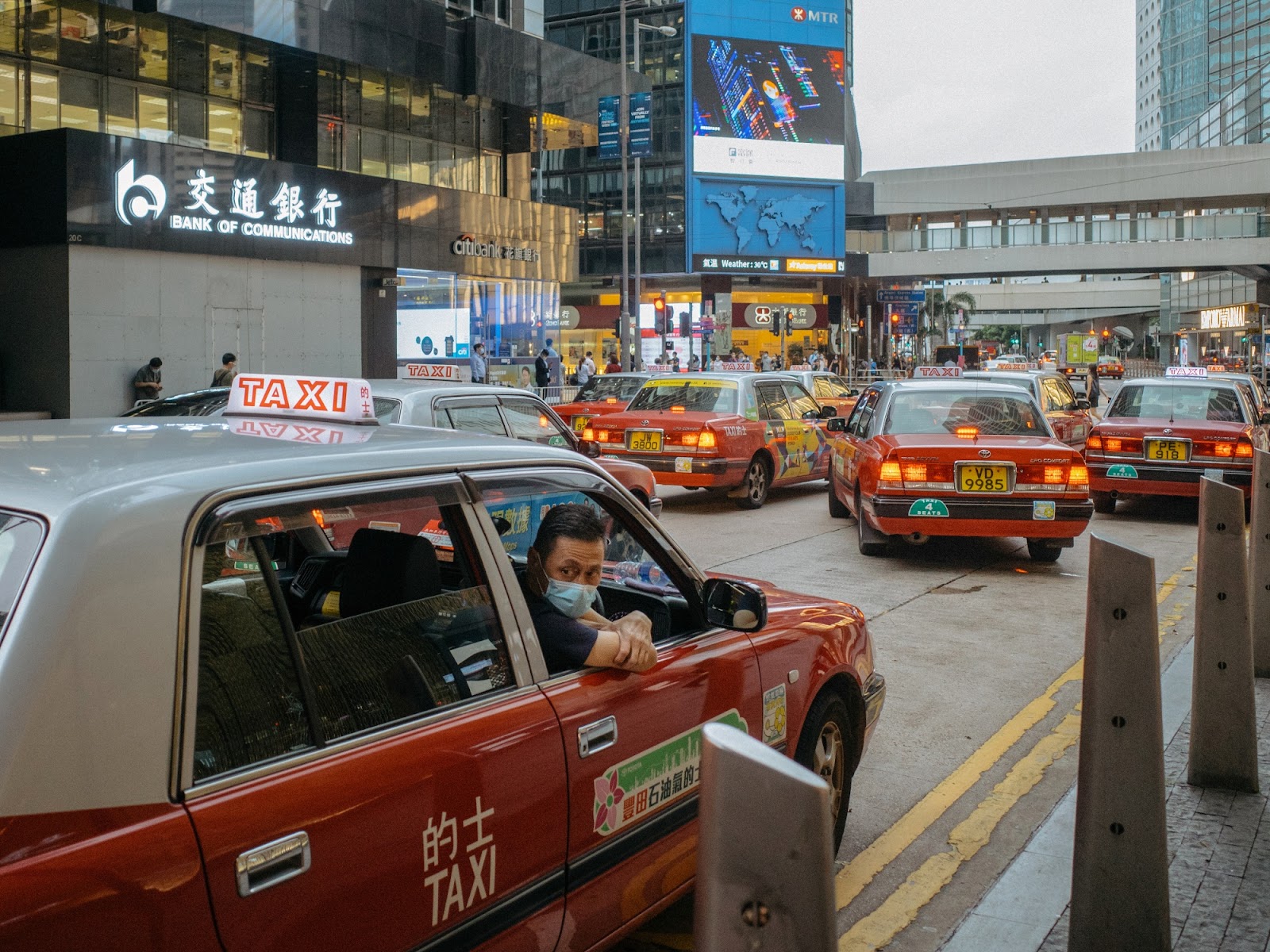It’s a shorter news week, thanks to the Thanksgiving holiday. So here’s a fast round-up with RSG Contributor Paula Lemar.
She discusses Cruise co-founder/CEO resigning and a Hong Kong taxi driver strike. Meanwhile, Uber and Lyft drivers are getting pickier for good reason.
Let’s dive into each summary and Paula’s take on the news.
Cruise Co-Founder and CEO Kyle Vogt Resigns
Topic Originally Appeared On TechCrunch
Summary
Kyle Vogt, the serial entrepreneur who co-founded and led Cruise from a startup in a garage through its acquisition and ownership by General Motors, has resigned, according to an email sent to employees Sunday evening that TechCrunch has viewed.

Dan Kan, who co-founded Cruise with Vogt and held a far less public-facing role, has also resigned. TechCrunch has confirmed with sources familiar with the matter.
In a separate internal email, also viewed by TechCrunch, GM Chair and CEO Mary Barra announced that Mo Elshenawy, who is executive vice president of engineering at Cruise, will serve as president and CTO for Cruise.
Craig Glidden, a Cruise board member and GM’s EVP of legal and policy who was recently put in charge as chief administrative officer at Cruise will continue in that role. Jon McNeill, a member of GM’s board, has been appointed vice chairman of the Cruise board.
McNeill, who joined the Cruise board recently and was previously chief operating officer at Lyft and president of Tesla, will now serve alongside Cruise Board Chair Mary Barra. A statement from a Cruise spokesperson confirms Barra’s email.
My Take
We’ve all read about the recent turmoil that Cruise is facing. It is really unsurprising that their leader is jumping ship. It’s also not terribly surprising that they haven’t filled his vacancy yet, either. I know I wouldn’t want to be the one to clean up this mess.
Do you think Cruise can dig its way out, or is this going to sink the company to the point of no return? Sound off in the comments!
Hong Kong Taxi Drivers Cancel Strike Over Uber’s Threat
Topic Originally Appeared On Bloomberg (archive.ph)
Summary
About 500 Hong Kong taxis will be used in a strike on Wednesday to protest the government’s unwillingness to crack down on ride-hailing services like Uber Technologies, Inc.

Drivers will stop taking customers from 11 a.m. local time for three hours and will start in the Tai Po area, according to Wong Yu Ting, chairman of one of the associations that will participate in the strike.
The small number of vehicles and location, far from Hong Kong’s bustling center, is unlikely to cause major disruptions, and the action came after talks between officials and 17 taxi driver groups failed to result in an agreement.
“We met government representatives this morning, but we are not satisfied with their answers, so the strike will take place as planned,” said Wong. “We have two main requests, solving the illegal ride-hailing service issue and the proposed demerit point scheme for taxis.”
My Take
We’ve seen similar in the U.S. and in Europe. Taxi drivers do not like that rideshare is taking over.
One of the biggest issues was simply that rideshare tends to charge less than a standard taxi fare. When faced with a cheaper option, most people will opt for that over the convenience of having a taxi right in front of them.
I’d be curious to know if the three-hour strike really made an impact or not. That seems like a small period of time to strike for.
Personally, as a customer, I’m not sure that would have made an impact on me unless I flat-out refused to take any other form of transportation and grew frustrated over not being able to book a taxi.
Some Uber And Lyft Drivers Have Learned They Can Make More Money If They’re Pickier About Whom They Serve
Topic Originally Appeared On Business Insider
Summary
There’s no cheat code for making money as an Uber or Lyft driver — but some have found strategies that work for them.
Drivers face endless decisions, including what time of day to work, what type of vehicle to use, how to get tips from customers, and how to best track their earnings. One driver’s optimal strategy can vary from another’s based on their markets.
But one of drivers’ most important decisions is when to accept a ride that pops up on their driving apps.
Last year, Uber and Lyft adopted up-front fares programs in select US cities that have provided drivers with more information about their trips before they accept or decline them — including how much they pay, the estimated time and distance, and their destination.
My Take
At RSG, we’ve been saying this for years. Don’t accept every ride request. Be picky. Only take the rides that are actually profitable for you.
We recommend that you get to know the cost of using your vehicle for rideshare driving in terms of cost per mile.
That way, when you get an upfront payment estimate, you’ll know if you’re making enough money on that trip to do more than just cover the cost of maintaining your vehicle and putting gas in your tank.
Also, here are suggestions from Harry: 8 Factors to Consider Before You Accept a Ride Request.
Must Listen Or Watch RSG Content
Here are this week’s featured podcast episode and YouTube videos:
- RSG249: David Zipper on Why Robotaxis Will Be Even Worse Than Ridehail
- Uber Support Going AI | Will It Be BETTER Or WORSE For Drivers?
- How To Use The Holidays To Make MORE MONEY And Get BIGGER Tips
- Uber Announces NEW Updates For Uber Eats Drivers
- Make sure you Subscribe so you don’t miss out on future conversations and interviews!




